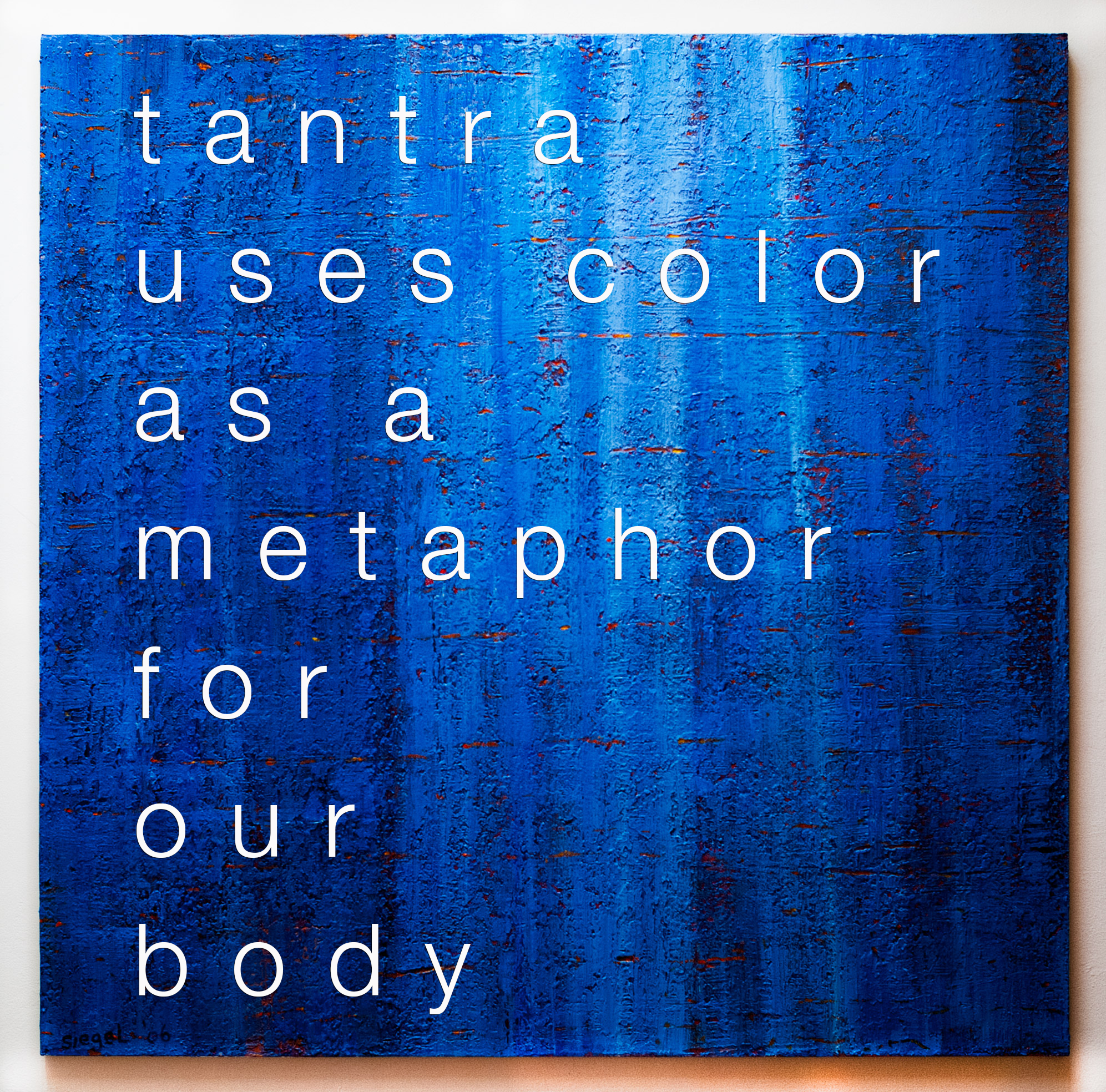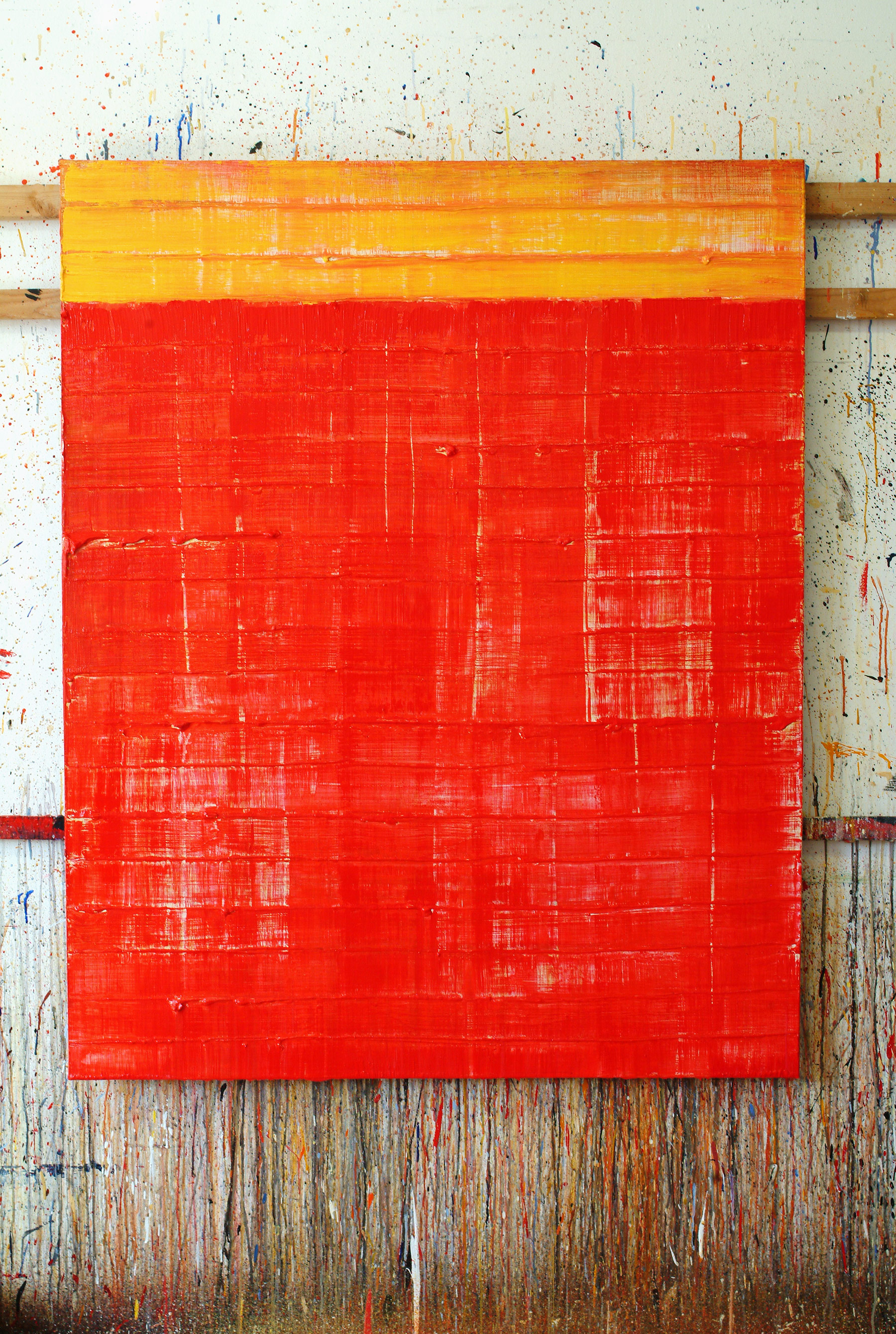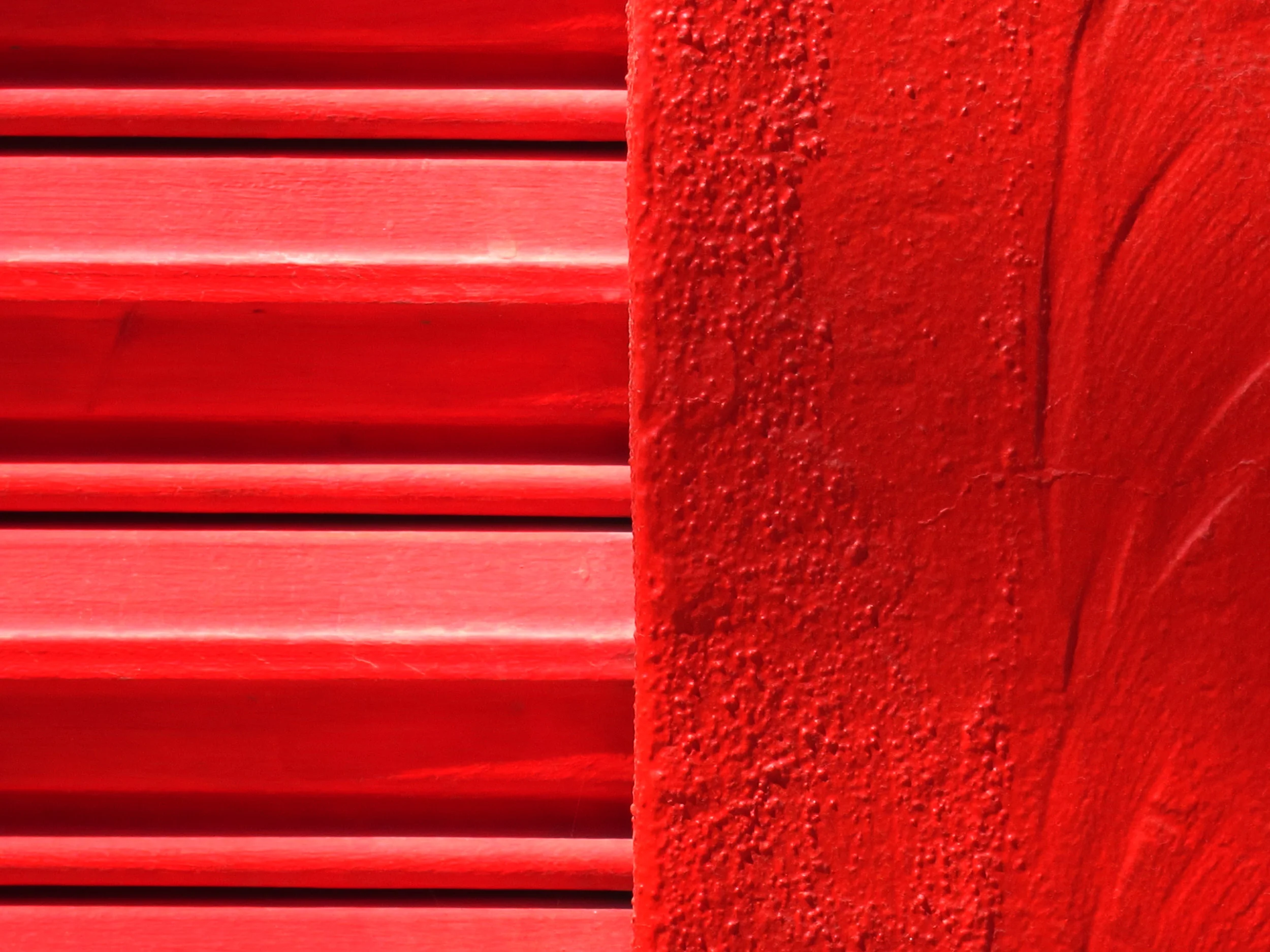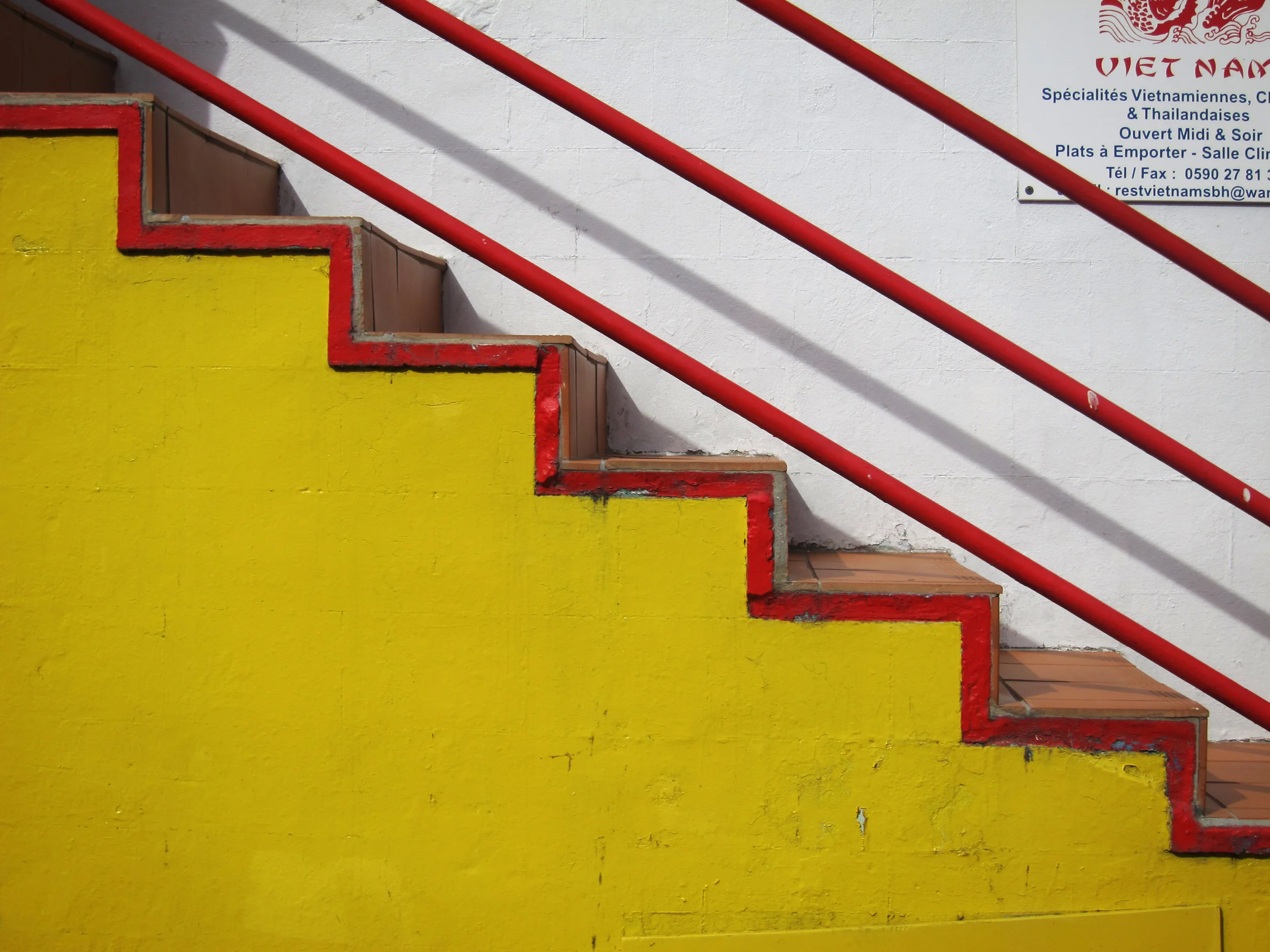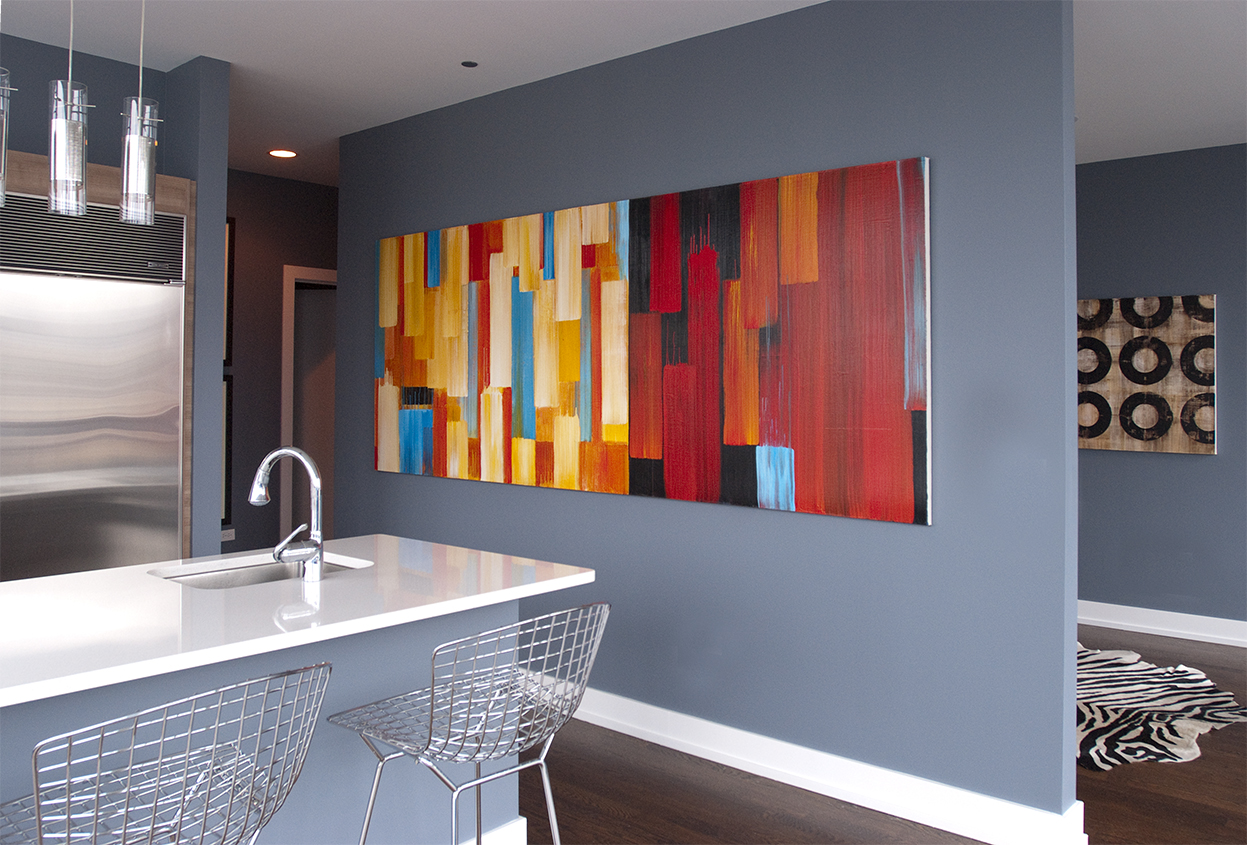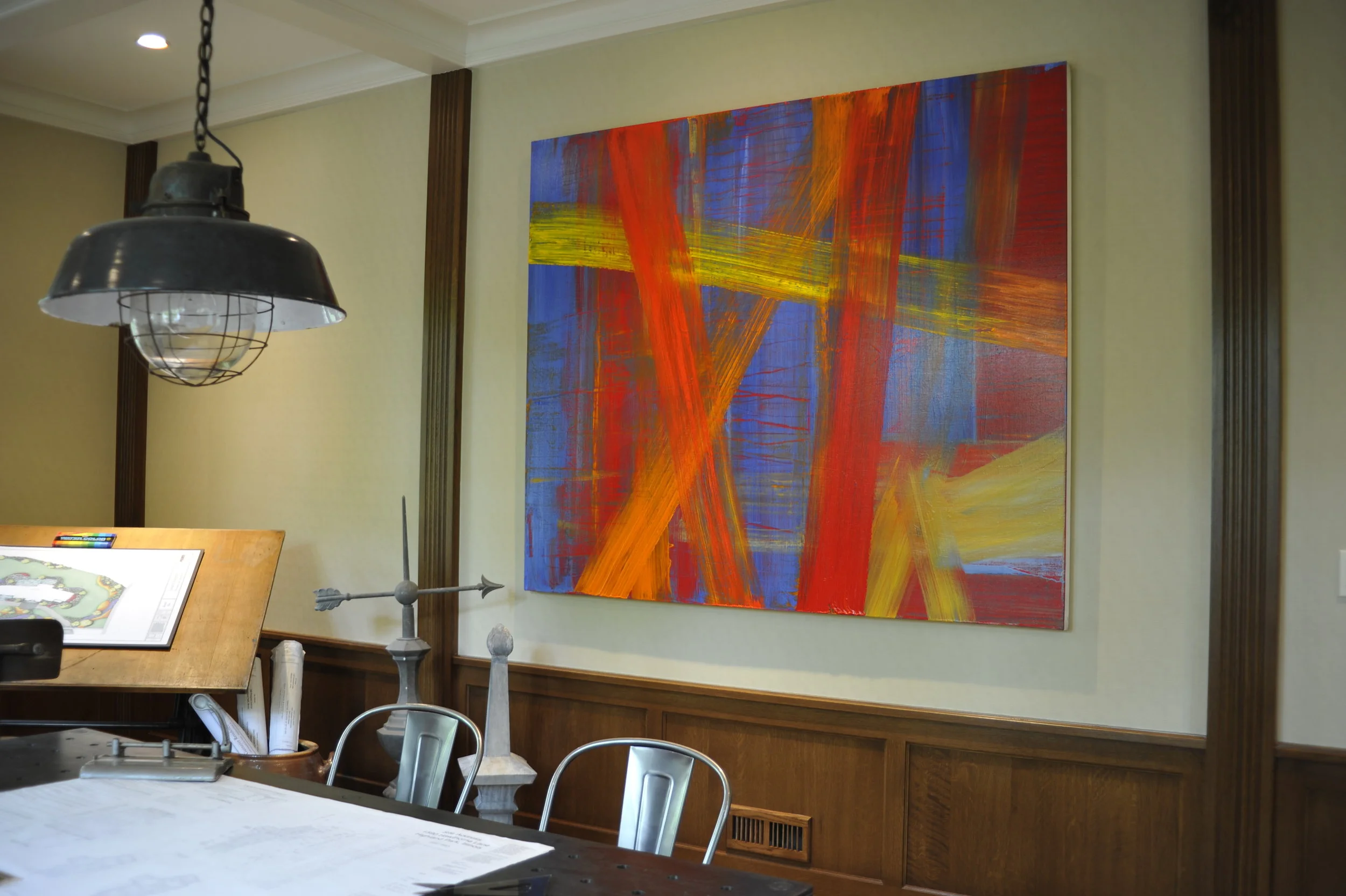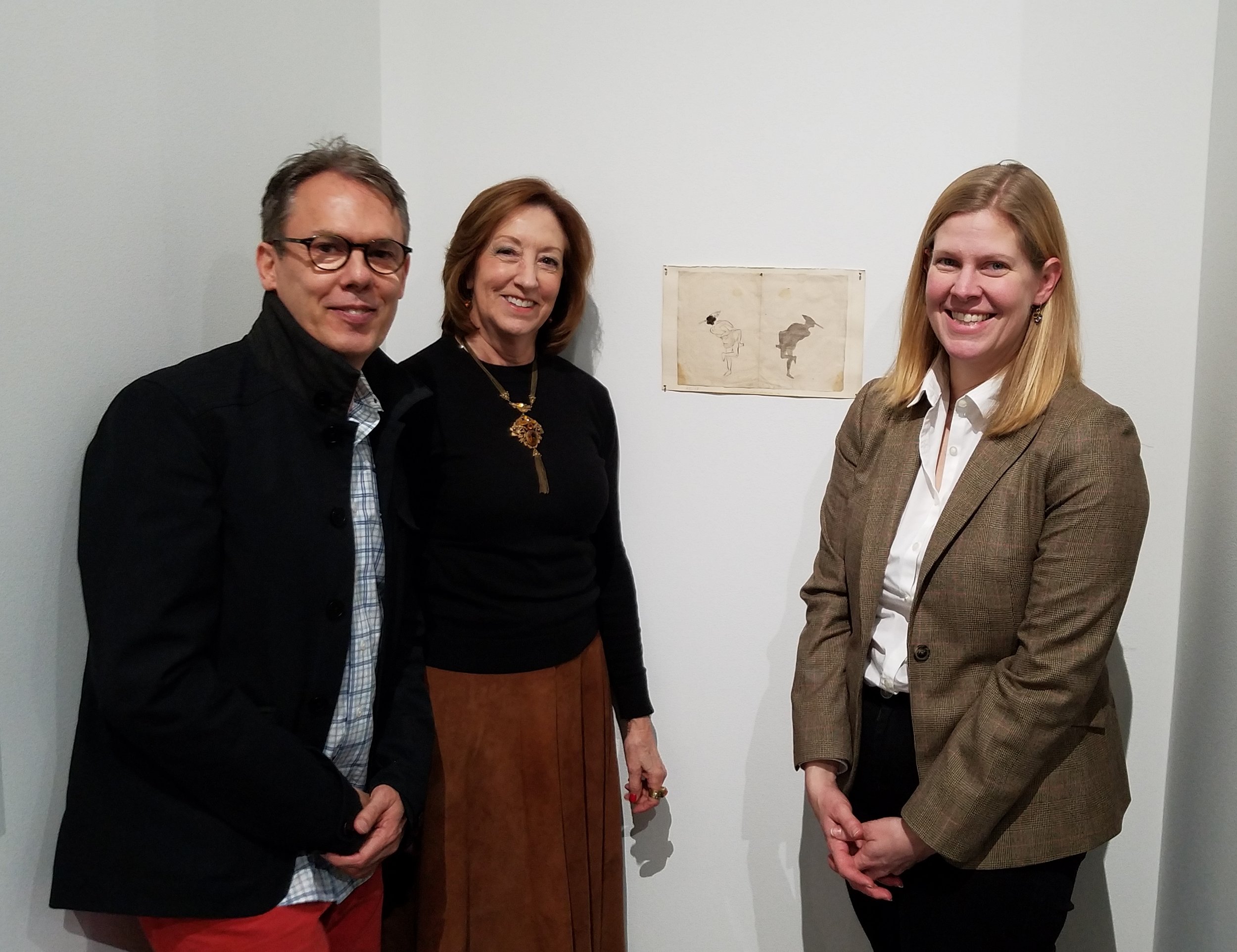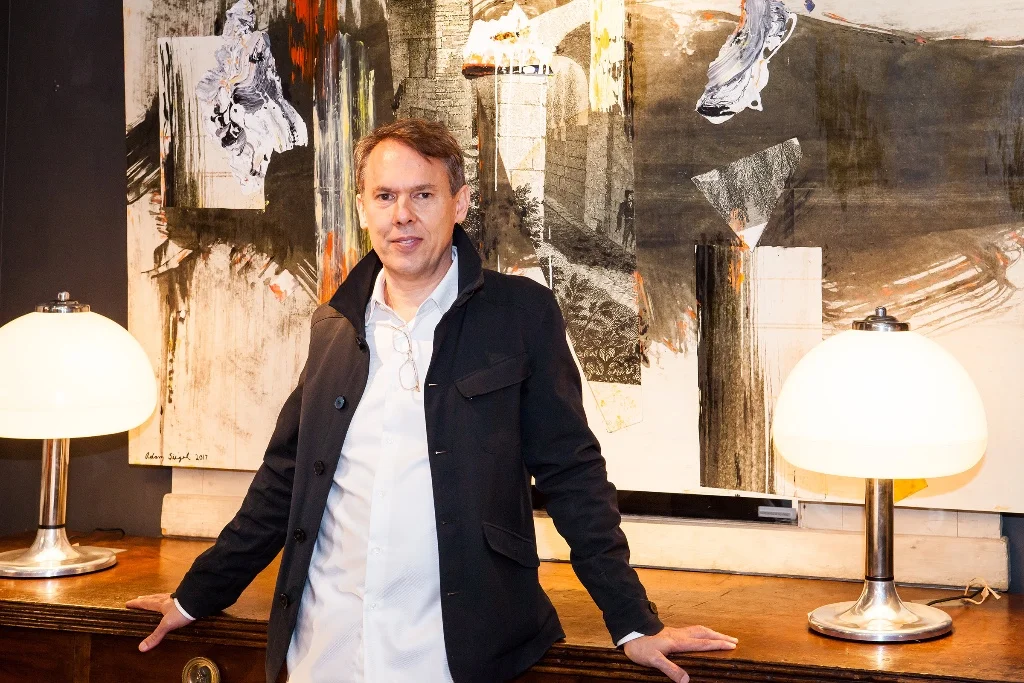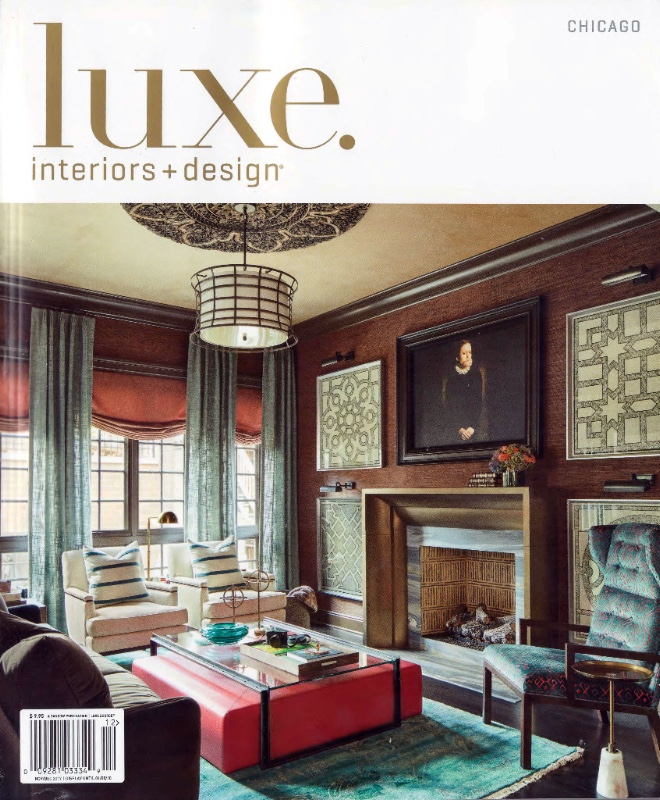new year new work
My new focus is on the medium of paint exclusively.
I developed a set of new vocabularies while exploring the Wabi Sabi series,
which I am applying to my alternate bodies of work.
Below is a glimpse into the inspiration and development of the TANTRA SERIES.
series exploration
new works
Acrylic on canvas. 48" x 108"
Acrylic on canvas. 50" x 73"
tantric inspiration
tantra in situ
Private collection. Gold Coast.
Private collection. Lincoln Park.
Private collection. Winnetka.
recent exhibition
Verso by Adam Siegel, 9"h x 14"w, 17th century unique manuscript, pencil and ink. SOLD
The exhibition features the work of The Arts Club’s visual artist members, and continues The Arts Club’s long-standing tradition of, and commitment to, furthering the arts. Included in this exhibition will be locally, nationally, and internationally esteemed artists, working in a wide variety of media and a breadth of historical influences.
The Arts Club of Chicago, established in 1916, was founded with the mission to expand the artistic horizons of a public interested in the arts and related activities, and maintains its public galleries, free of admission, to that purpose. Since its inception, and as a part of its mission, The Arts Club membership has included both professional artists and lay members. Throughout its history, The Arts Club has produced significant exhibitions of artists such as Pablo Picasso, Constantin Brancusi (installed by Marcel Duchamp), Jackson Pollock, Alexander Calder, Auguste Rodin, Peter Doig, John Baldessari, David Hockney, Sigmar Polke, Maya Lin, and Chris Ofili.
The Arts Club of Chicago is located at 201 East Ontario Street, on the southeast corner of St. Clair and Ontario Streets. Exhibitions are free and open to the public. Gallery hours are Tuesday- Friday 11:00 am – 6:00 pm, and Saturday 11:00 am – 3:00 pm.
in review
Art Basel Miami is one of the most anticipated shows of the year for me -- and not only to escape Chicago's brutal weather! I am inspired by much of the work exhibited.
It's always very interesting to me when artists reinvent their work and Keltie Ferris is a great example. She is a large scale abstract painter known for her powerful canvases charged with color. Around 2014, however, she took up a new approach: she began coating her body in linseed oil, using her body as a brush. Then, she layered deposits of color pigment overtop. These works filled her last show at Mitchell-Innes & Nash in 2015.
select press
Boar's Head II, Mixed media on canvas, 64 x 84 inches
Entering the expansive Golden Triangle on a sunny fall morning, I was struck not only by the abundance of exotic antiques from far-flung reaches of the globe but also by a pair of contemporary, large-scale paintings flanking the showroom entrance. The patinaed antiques were typical examples of the historic objects the Golden Triangle is known for sourcing from around the world, but they were enhanced by the relatable juxtaposition of old and new art. I was curious to learn more about the paintings as well as how so many of them, as I would soon see, came to be in this unique space. The long story of decades of technical experiments and evolving philosophies would come from the very talkative artist Adam Siegel, and Doug Van Tress, co-owner of The Golden Triangle. Following is a transcript of our interview from October 2017. –GV
Cones Series, Acrylic on canvas, 48 x 72 inches
excerpt from the article:
CGN: People have to be inspired to go see things in person. You need to come up with new ways to do that, and that may mean putting people physically together in a new space, so that they are not alone with a virtual image. You can’t understand the three-dimensional aspect of a setting and the spatial relationship through a screen.
Adam: This is the antithesis of seeing something on your phone. You hit it on the nose. This show is an aggressive invitation to be able to go back and actually see paintings in ways that people used to see in the 16th century, when you’d walk through a church and see a Giotto, and stained glass, and all in the context of an amazing cathedral. Today, you’d see a hundred people around you, just scrolling away on a screen, or aiming to take the right Instagram photo. How can you really connect with that? People need to be allowed to sit with art and understand its context.
CGN: It’s different to be in a place.
Adam: Things look different at home than in a gallery setting. I tell people, “[This painting] is different in the summer and in the fall. It’s different in the morning, afternoon, and evening. It’s different when there’s humidity out, there are clouds out.’ Paintings that have layers, they’re like living beings. You take something home and all of the sudden it’s a real work of art. It starts creating an environment.
Photo Credit: Mary Carol Fitzgerald
MEET ADAM
Today we’d like to introduce you to Adam Siegel.
Thanks for sharing your story with us Adam. So, let’s start at the beginning and we can move on from there. I was fortunate enough to be raised within a family which lived and breathed the arts both architectural as well as fine arts. My father was hired to head up the new program for the Bauhaus photography department at the Institute of Design. Thus it was not uncommon to engage with the great architects and artists of the times at the dining room table- Saul Bellow, Harry Callihan, Larry Booth, and Edward Westin. I learned from monitoring these creative exchanges that to be in the arts was best facilitated by an embrace of both courage and humility. With photography in my veins I had immediate artistic commercial success with large-scale experimental photography early on in my career and from there I took a blind leap into painting. I synthesized and integrated my personal experience of living in Japan for a couple of years integrating those experiences into a personal aesthetic that fused both east and west and contemporary and historical. My library echoes my trajectory focusing on both European and Asian rare books from the mid- 1600’s to the early 1800’s. These visual treasures provide fertile breeding grounds for my evolving bodies of work.
Overall, has it been relatively smooth? If not, what were some of the struggles along the way? I don’t think a life in the arts is meant to be a smooth road. There’s a bump every time a blank canvas is staring at you. That’s why I’ve chosen this path. It’s because of the constant challenges that keep me excited about the next creative environment. I’ve always found that the most challenging space is to focus all my energies on what is essential and whether or not the work is relevant beyond my own sphere. The most challenging aspect of being an artist has been how to disengage from the process long enough that I can restore myself before I return to my creative world.



